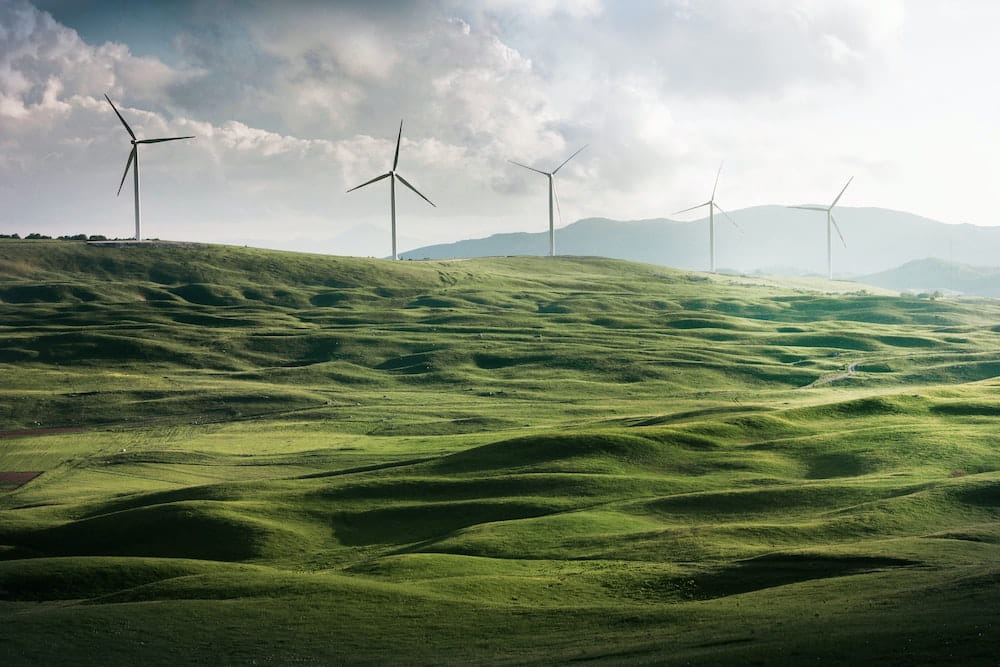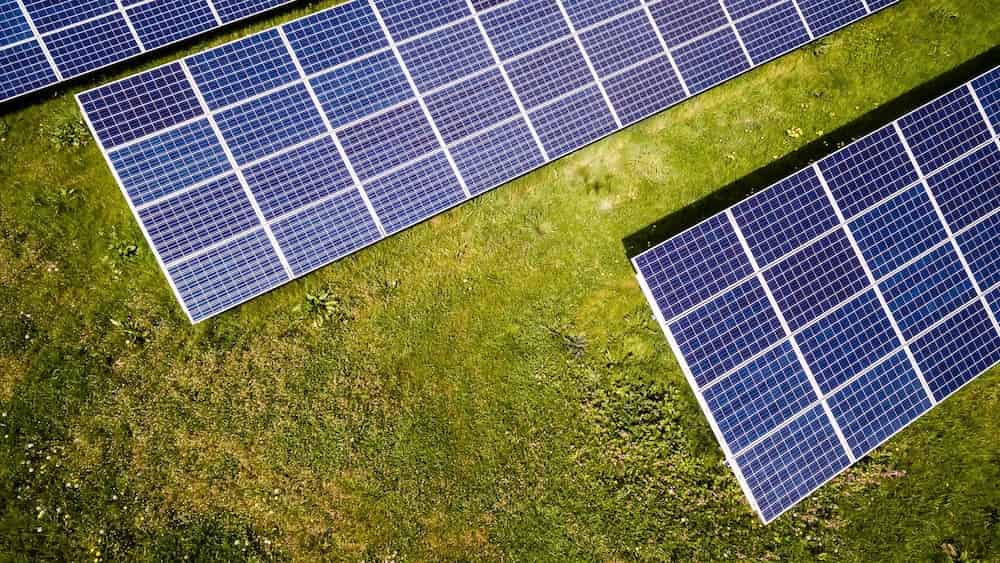Living a more energy-efficient lifestyle is becoming increasingly important. Not only does it help the environment, but it also helps reduce energy costs and make homes more comfortable.
There are many ways to increase the energy efficiency of your home, ranging from simple changes like replacing light bulbs to more complex upgrades like new insulation or replacing windows. Here are six things that can help make your home more energy efficient. Keep reading to learn more!
1. Insulation
When talking about the energy efficiency of houses, insulation is a thing that pops to mind. But, what is insulation actually? It is basically a material that can slow down or reduce the rate of heat transfer. This means that when it is cold outside, insulation will keep the interior of your house warm and vice versa during hot summer days.
Apart from temperature control, insulation also reduces the noise coming from outside and helps to save energy costs by making sure the conditioning system isn’t working too hard. There are various types of insulation materials, such as foam boards, fiberglass batts, spray foam, and cellulose, that can be used to make sure your house is energy efficient.
2. Windows and Doors
Since the windows and doors of a home are the primary sources of heat loss, it is important to make sure they are up-to-date with energy-efficient materials. Make sure to replace any old, drafty windows and doors with new Energy Efficient Doors and impact-resistant windows. Low-emissivity (low-e) coatings on window glass can reflect more of the sun’s heat in summer and retain more indoor heat in winter, making for a much more efficient home.
Furthermore, weather-stripping worn door frames should be replaced to further boost efficiency. Lastly, consider installing storm doors or windows to provide an extra layer of insulation if you live in a very cold climate.
3. HVAC System
As a homeowner, it is important to regularly maintain your HVAC system as it can have a significant impact on the energy efficiency of a home. An efficient HVAC system will help you keep your energy bills low and reduce your carbon footprint. Regularly replacing air filters and scheduling maintenance checks with an experienced technician can ensure that your HVAC system is running at maximum efficiency.
And, investing in a programmable thermostat can help you save money and energy by automatically regulating the temperature in your home based on your schedule. This simple upgrade can significantly reduce your energy consumption. Taking these steps will ensure that you get the most out of your HVAC system and maximize its energy efficiency.
4. Solar Panels
Whether you have a large family home, or an apartment overlooking the city, you can harness significant energy efficiency benefits and save with solar today. Solar panels capture the sun’s energy and convert it into electricity that can be used to power your home. This not only decreases your reliance on fossil fuels and reduces greenhouse gases, but also helps reduce your energy costs significantly over time.
 Additionally, many local and state governments offer tax credits for homeowners who install solar panels, making them a cost-effective way to upgrade your home’s energy efficiency. With the potential to lower your electricity bills and reduce environmental impact, solar panels are one of the best investments you can make in the energy efficiency of your home.
Additionally, many local and state governments offer tax credits for homeowners who install solar panels, making them a cost-effective way to upgrade your home’s energy efficiency. With the potential to lower your electricity bills and reduce environmental impact, solar panels are one of the best investments you can make in the energy efficiency of your home.
5. Appliances
One way to increase the energy efficiency of your home is by swapping out older, less efficient appliances for newer models. Look for Energy Star-rated devices and consider replacing them when they reach the end of their life cycle. This can help reduce your electricity usage, as well as save you money in long-term costs.
Plus, refrain from leaving appliances on standby, as this can also contribute to a higher energy bill. By being mindful of the appliances you use and how often they are on, you can help make your home more energy efficient.
6. Lighting
There are many ways to make sure to have a well-lit house while also conserving energy. Replacing traditional incandescent bulbs with LED or Compact Fluorescent Lighting (CFL) is one of the easiest and cost effective methods. LED lights use up to 80% less energy than incandescent, while CFL’s use up to 75% less energy.
Also, installing light dimmers and motion sensors in areas such as hallways and bathrooms can help reduce lighting costs. Lastly, natural lighting is a great way to save on energy costs – adding skylights or other window enhancements can provide both light and heat during the day.
_________________
In the end, creating a more energy-efficient home is possible with some simple steps. Installing energy-saving appliances, using efficient lighting systems, improving insulation and air sealing, installing smart thermostats, using renewable energy sources like solar panels or wind turbines, and understanding the basics of energy conservation will all help to reduce your utility bills while also reducing your environmental impact.

